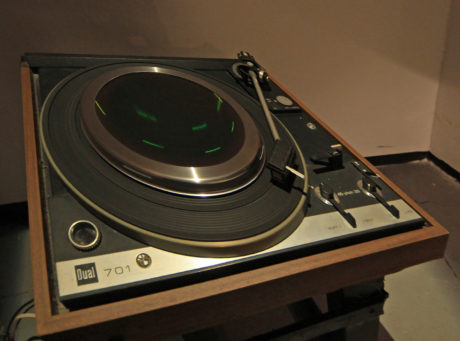–In memory–
Rebecca Deem passed away in February 2018. She was a talent artist who created works that incorporated holograms.
Rebecca Deem explored the experiences we encounter with the transformative nature of light. She started working with diffractive optics and holography as art media in the mid 70s. In 1981, she was among the initial group of artists to receive an Artist-In-Residency grant at the Museum of Holography funded by the National Endowment for the Arts. She resided in Europe for several years with partner Fred Unterseher while they developed a pulse laser
system with Dr John Webster, co-founded an unofficial pulse holography artist-in-residency and exhibited art work internationally. In 1988, she received a Shearwater Foundation award for a distinguished career and creative achievements in art holography. During the early 90s Deem returned to the US and participated as a mentor in the President’s Twenty First Century Program. She was a member of the team that recorded the first pulse laser portrait of a USA president, Ronald Reagan, that is included in the National Portrait Gallery at the Smithsonian Institution. Throughout the years she has been a contributor, guest editor and writer for print and on-line publications covering holography as an emerging tool for art, education, business and technical/scientific purposes. She has always worked with the full range of her creativity, artistically as well as technically. She lived until her death in 2018 in Santa Fe, New Mexico, where she appreciated the location for the sense of time and space plus the unique quality and brilliance of the light. She has worked jointly on projects dealing with 3-D imaging systems involving holographic 3D screens that allow for remote operation of a robot with 3D vision. Most recently she and Unterseher jointly taught digital holography at NM Highlands University. She has shown artwork in the US at exhibitions in New York City, Los Angeles and throughout the country as well as internationally in Australia, Canada, Denmark, England, Italy, Switzerland and The Netherlands.

Rotating Holo-Relief, 1981
My intent is in keeping with an interest in three-dimensional imaging and viewing. The dots of light describe the art elements when in motion, as the dot to >line to >shape to >form. The dots turn into lines when in motion, the lines to circular shapes and the shapes together make a semi-spherical form. The center dot also describes a wobble, an oblique reference to time, reminding us of motions like the Chandler wobble, (a small deviation displayed by the earth while rotating on its axis). The eyes and brain work in harmony for the process of seeing, as light reflects from an object it enters the eyes and travels to the brain where it is decoded and assigned meaning. The process of seeing in three dimensions takes place with both eyes and is enhanced with
movement either by the observer or the artwork itself. Both of these actions take time. The very nature of the hologram is experiential, since it is a three-dimensional recording. The perceptions of the experience are much richer and informative by viewing the actual hologram. Although the recorded information is stored on a plane it offers a space/time experience.
Rotating Holo-Relief was created as a homage to Marcel Duchamp
Exhibited in Interference: Coexistence, presented by the Center for the Holographic Arts at the Clock Tower of Long Island City, New York 2013
Link to video recording from WEST-COAST ARTISTS IN LIGHT
Link to VMOH memorial that celebrates the life and work of Rebecca Deem and Fred Unterseher
